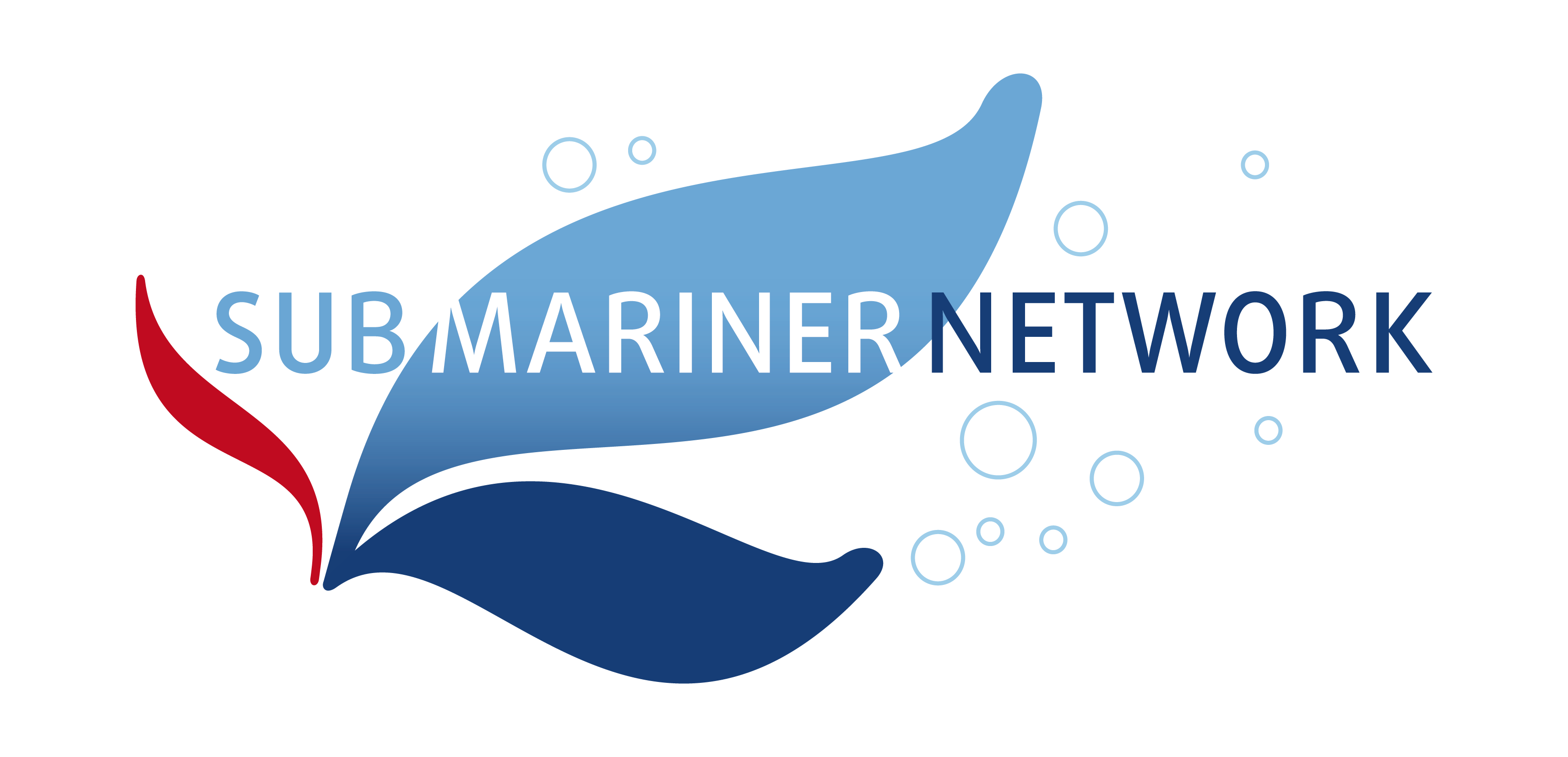Macroalgae are further divided to brown, red and green algae. Edible species are found across all three groups but are a small fraction of the total number of species. In addition to species that are considered edible sea vegetables, various macroalgae species are used for extraction of additives, like colorants and gelling agents, utilized in the food industry. Macroalgae are nutrient rich ingredients for food and feed and have long history of consumption at coastal areas throughout the world.
Macroalgae are intriguing ingredients for food and feed as they typically have high content of fiber, minerals, antioxidants and vitamins. Many edible species are especially rich in vitamins A, K and B12. Moreover, seaweeds have typically low fat content with high relative abundance of polyunsaturated fatty acids (PUFAs) like docosahexaenoic acid (DHA). The protein content varies between genera and is typically higher in green and red macroalgae (approximately 10–47% dry weight) and low in brown algae (Fleurence et al., 2018). Importantly, unlike many plant protein sources, macroalgae contain all essential amino acids for human and animal nutrition. Furthermore, macroalgae can be used to enhance flavor and as a healthier alternative to salt. Finally, seaweeds harbor a variety of delicate and interesting aromas. Kombu (Saccarina japonica) has a rich umami flavor and Palmaria palmata is called sea bacon due to its smoky aroma.
Seaweed usage in Europe has been minor but interest towards its consumption is increasing. Also the
European Commission (EC) has recognized macroalgae as important marine resource with potential as food and feed (European Commission, 2017). The use of macroalgae as food and feed in the European Union (EU) is under regulation by the EU food and feed legislation. This report summarizes the EU policy framework that regulates the use of macroalgae as food and feed in the EU member countries. Moreover, this report gives a brief overview of the seaweed production in Europe and the use of macroalgae as food in the Baltic Sea region.


